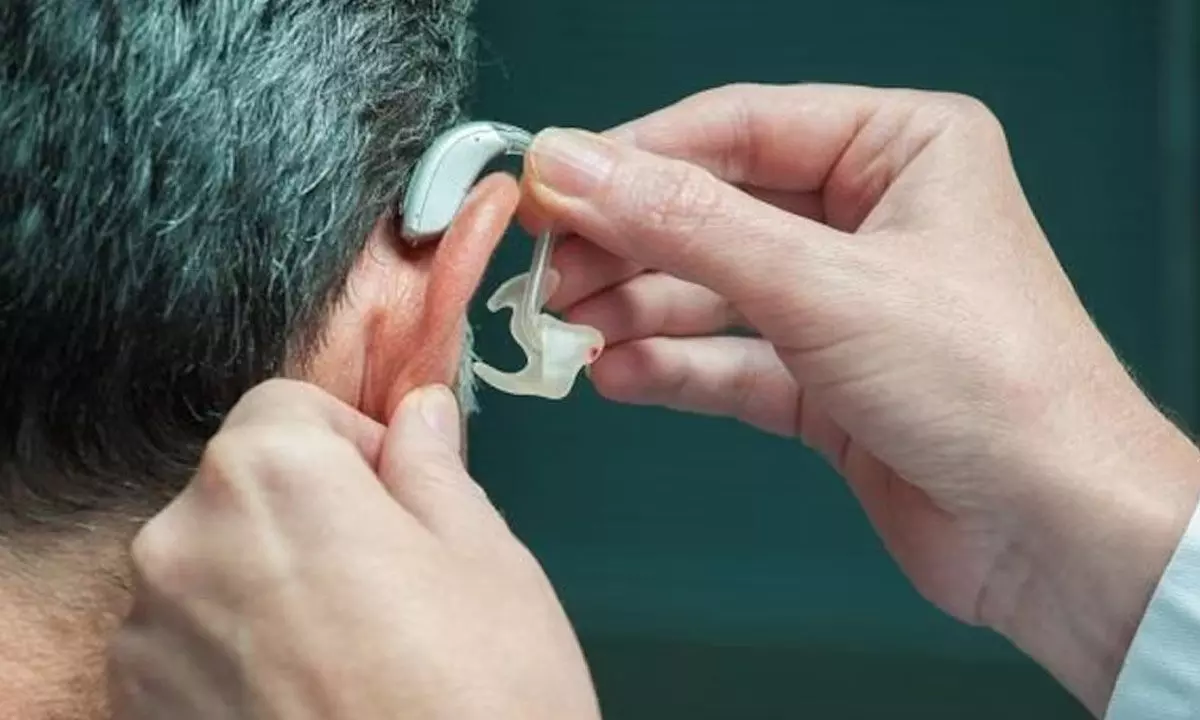Live
- A star beyond the screen celebrates another year of excellence
- Russell stunned with pole in Las Vegas, says 'Got to deep dive into why we’re so quick'
- BJP hijacked electoral machinery for securing victory in Maharashtra: Cong
- Guwahati to host Indian National Rally Sprint Championship on Sunday
- Priyanka will now be seen in Wayanad more often: Robert Vadra
- Cong won all 3 seats on basis of guarantees, development: Dy CM on K’taka bypolls
- Santosh Trophy: Odisha rout Chhattisgarh to make final rounds
- BJP hijacked electoral machinery for securing victory in Maharashtra: Cong
- Formula 1: Russell pips Sainz to take pole in Las Vegas GP
- India under Trump 2.0 could bolster its position in global supply chains









